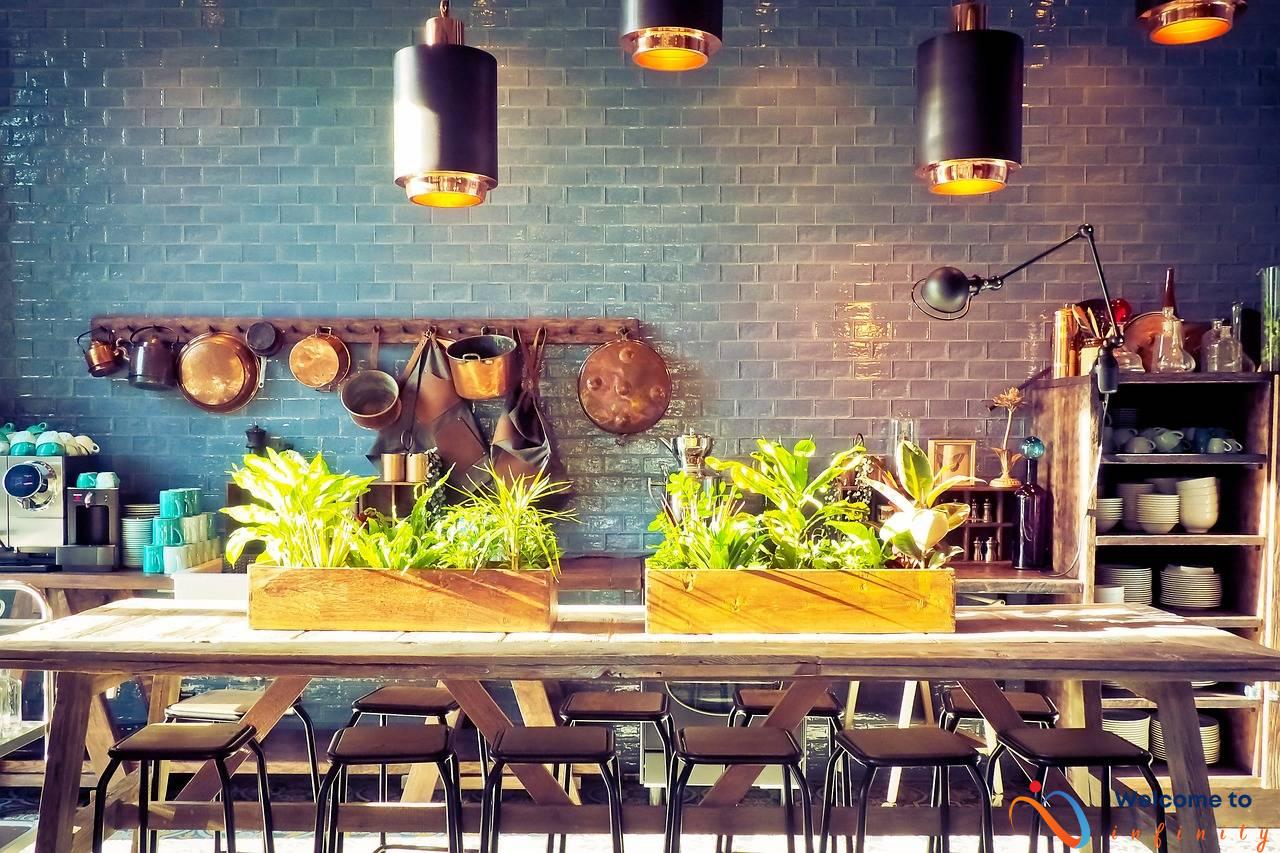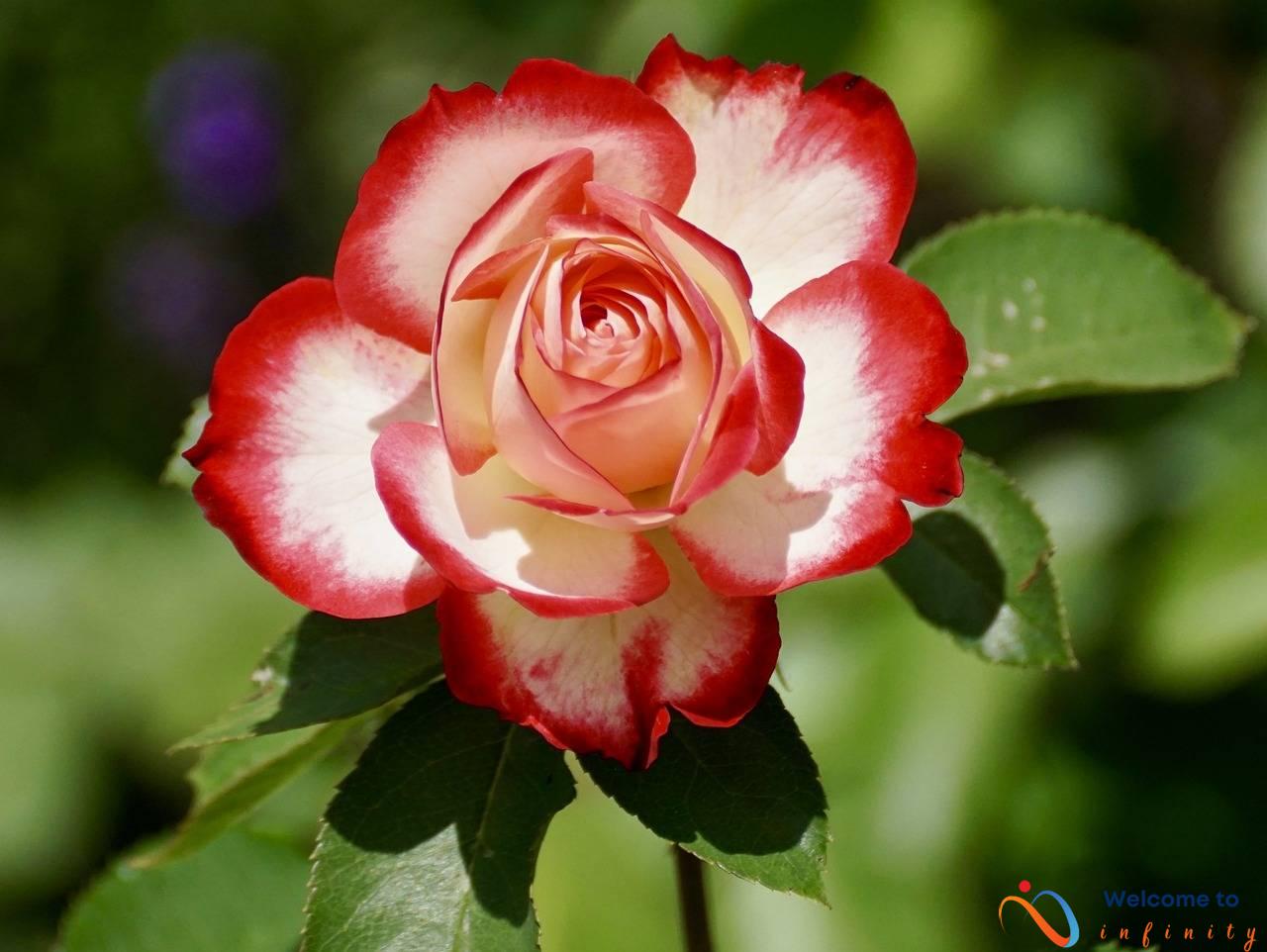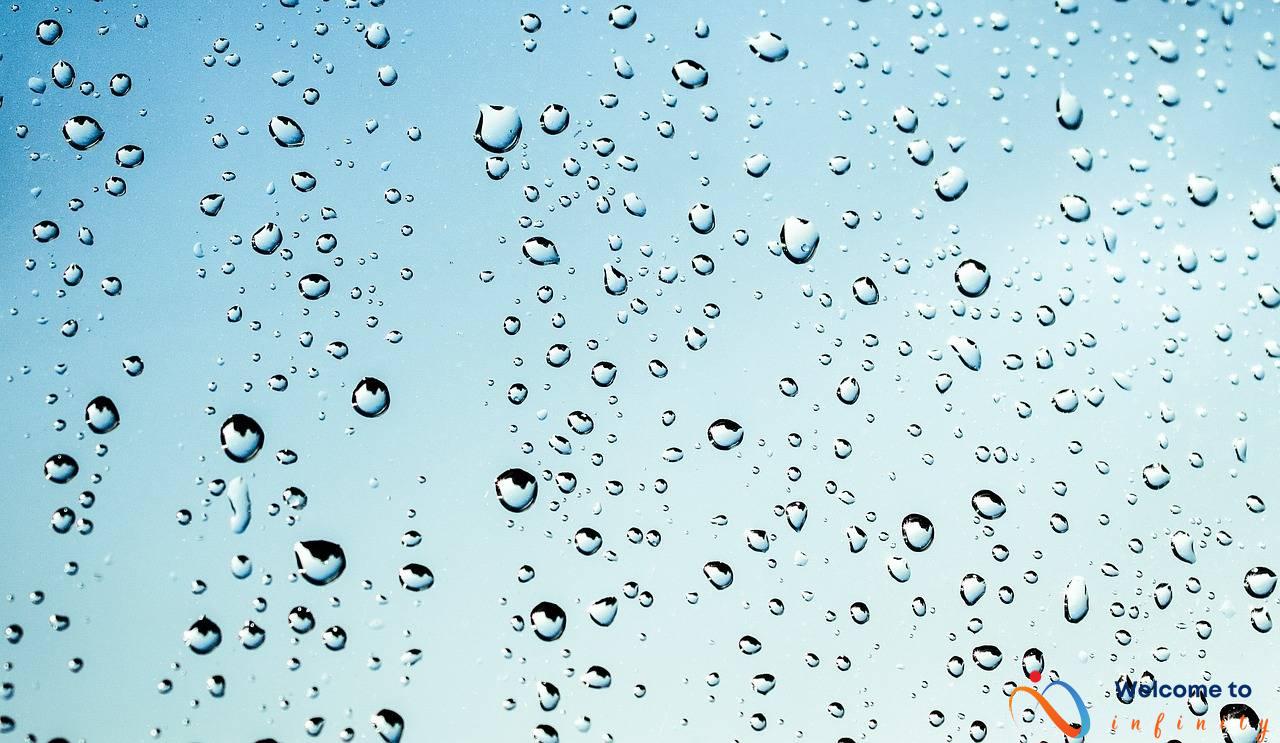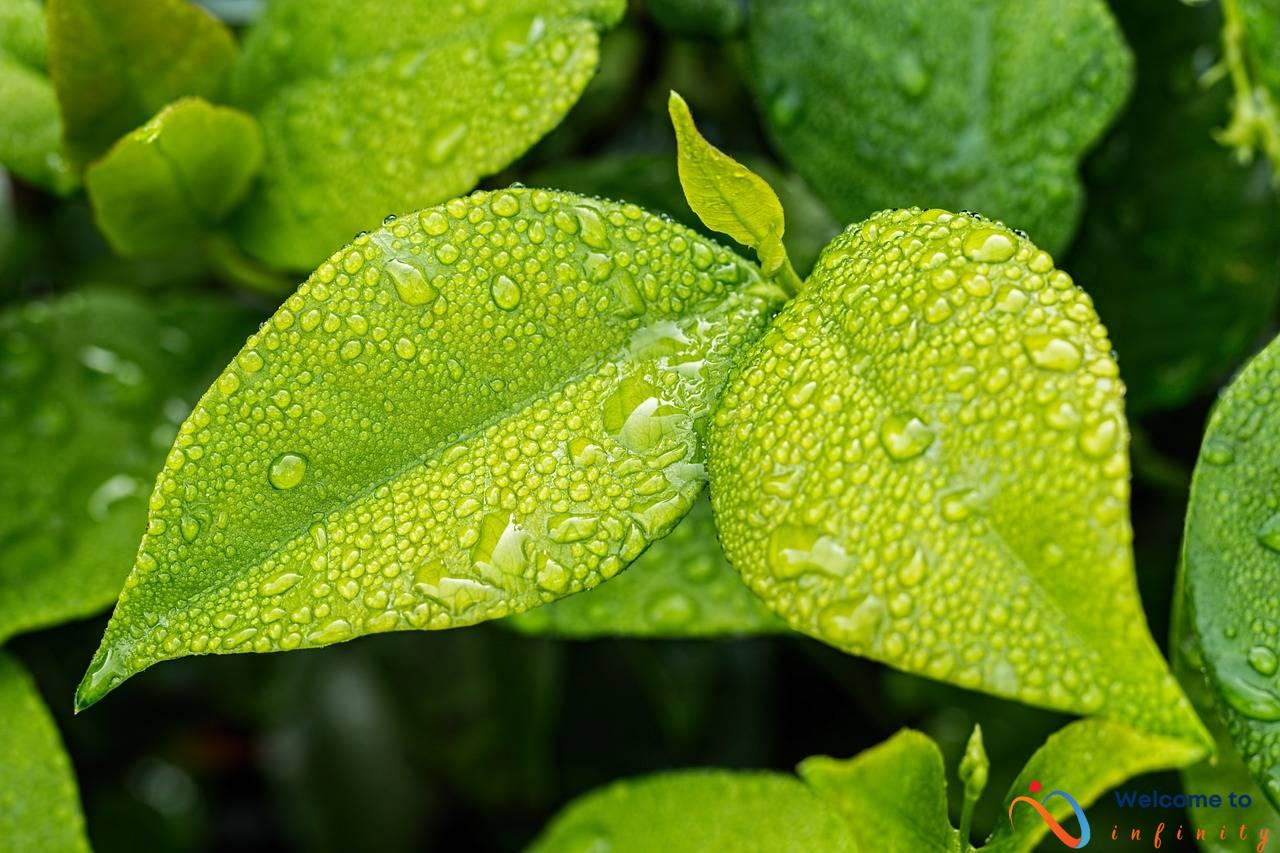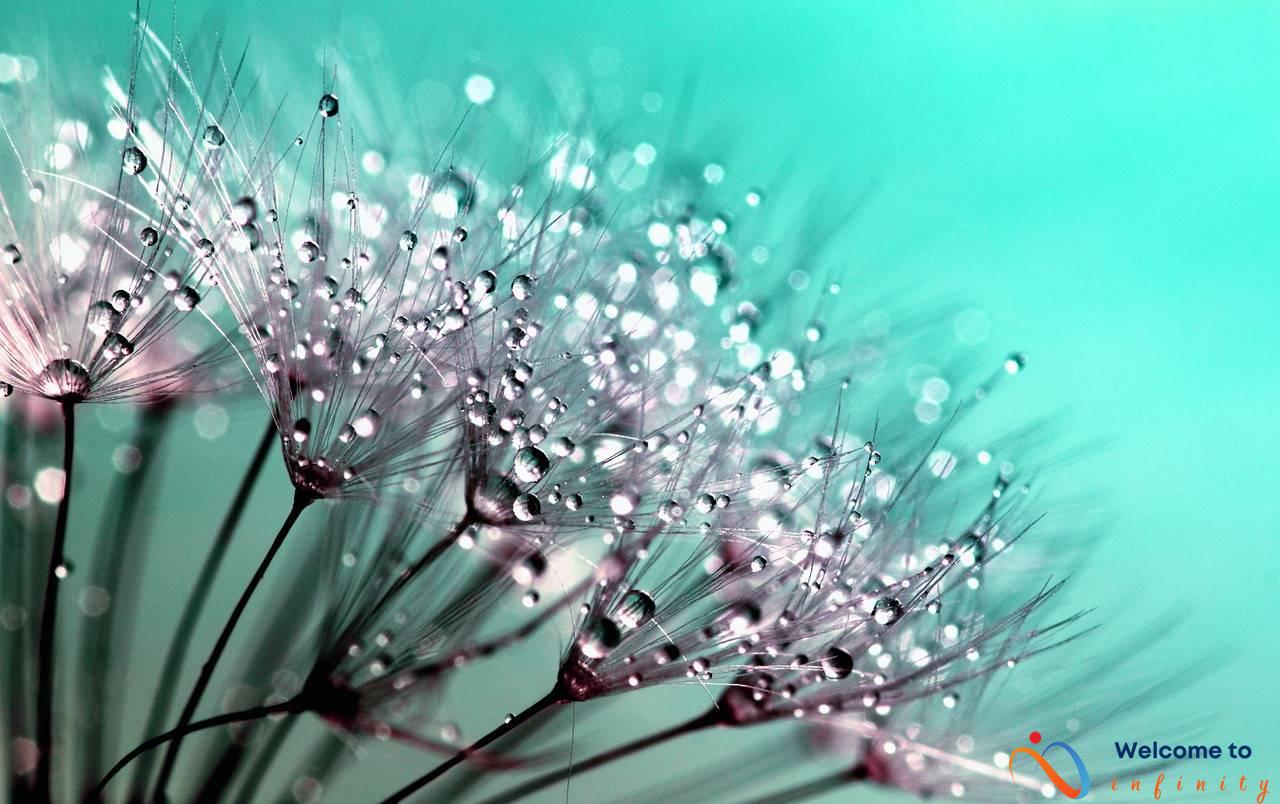If you're dealing with a pimple, it can be tempting to try and pop it as quickly as possible. However, popping pimples improperly can actually lead to more damage and long-term scarring. Here are some tips on how to pop a pimple safely and effectively:
It's important to only pop a pimple when it has come to a head, which means you can see a visible white or yellow center. If the pimple is still under the surface of the skin, it's best to leave it alone and let it heal naturally. Attempting to pop a pimple that isn't ready could cause more inflammation and lead to scarring.
Before you start, it's important to make sure the area around the pimple is clean and free of bacteria. Start by washing your face with a gentle cleanser and warm water, then applying a warm compress to the pimple for a few minutes. This will help soften the skin and open up the pore, making it easier to extract the contents of the pimple.
While it can be tempting to use your fingers to pop a pimple, this can actually introduce more bacteria and lead to infection. Instead, use a sterilized tool like a comedone extractor or needle to extract the contents of the pimple. Before using the tool, clean it with rubbing alcohol or boiling water to sterilize it and prevent the spread of bacteria.
Once you've successfully extracted the contents of the pimple, it's important to clean the area with a gentle cleanser and apply a spot treatment to prevent infection and promote healing. Avoid picking at the area or applying heavy makeup products that could clog pores and cause future breakouts.
It's important to avoid popping pimples that are deep under the skin, as this can lead to scarring and further inflammation. Additionally, avoid touching your face with your hands, as this can transfer bacteria and cause more breakouts. Stick to non-comedogenic products and avoid oil-based makeup and skincare products to prevent future breakouts.
By following these tips, you can safely and effectively pop a pimple without causing further damage or scarring. Remember to always prioritize your skin's health and avoid picking or popping pimples that aren't ready to be extracted.
When to pop a pimple
When it comes to popping pimples, timing is everything. Pimples should only be popped when they have come to a head, which means the pimple has a visible white or yellow center. This indicates that there is pus and bacteria present, and removing it can help to clear the blemish and accelerate the healing process.
Attempting to pop a pimple that is still under the surface of the skin can actually make the situation worse. This can cause the infection to spread deeper into the skin, leading to a larger, more painful blemish.
It's best to wait until the pimple has fully formed and is ready to be extracted. This will make the process easier and less damaging to the skin. If you have an important event coming up and are tempted to pop a pimple early, consider trying a spot treatment instead to help reduce inflammation and speed up the healing process.
Preparing to pop a pimple
If you're tempted to pop a pimple, start by preparing your skin. Firstly, use a gentle cleanser and warm water to wash your face. This will remove any dirt and bacteria on the surface of your skin.
After cleansing, apply a warm compress to the pimple for a few minutes. This will help open up the pore and soften the skin, making it easier to extract the contents of the pimple.
You can make a warm compress by soaking a clean washcloth in warm (but not hot) water and holding it against the pimple. Alternatively, you can use a heating pad or a warm damp towel.
It's important not to apply too much pressure or force when using the warm compress, as this can cause further inflammation and redness around the pimple. Instead, use gentle and circular motions to massage the area around the pimple.
Using a sterilized tool
Using a sterilized tool is an important step in safely and effectively popping a pimple. It's essential to avoid using your fingers, as they can introduce more bacteria and lead to infection.
A comedone extractor or needle are commonly used tools to pop pimples. When using a comedone extractor, place the loop over the pimple and gently apply pressure with a rocking motion until the contents are expressed. If using a needle, gently puncture the pimple at an angle, then use the extractor to apply pressure around the edges of the pimple to remove the contents.
It's important to sterilize the tool before using it to prevent the spread of bacteria. Clean the tool with rubbing alcohol or boiling water before and after use to ensure it's free of bacteria. Additionally, never share your tools with others to avoid the spread of infection.
Using a sterilized tool is a safe and effective way to pop pimples without causing further damage to the skin. It's important to follow these guidelines to maintain healthy skin and avoid infection.
Sanitizing the tool
Sanitizing the tool
Before popping a pimple, it's crucial to sterilize the tool to prevent the spread of bacteria. There are two methods of sterilization that you can use: cleaning with rubbing alcohol or boiling water.
If you choose to use rubbing alcohol, soak the tool in a small dish of rubbing alcohol for 5-10 minutes. This will kill any bacteria on the surface of the tool.
If you prefer to use boiling water, bring a pot of water to a boil and let the tool soak for 5-10 minutes. Make sure to use tongs or a slotted spoon to remove the tool from the boiling water to avoid burns.
It's important to note that you should only use the tool after it has cooled down and dried completely to prevent burning the skin or causing irritation.
By taking the time to sanitize your tools, you can reduce the risk of infection and ensure that your skin remains healthy and clear.
Applying pressure
One of the most important steps in properly popping a pimple is applying pressure correctly. When using a tool such as a comedone extractor or needle, it's essential to apply gentle pressure to the sides of the pimple. Avoid applying pressure to the center of the pimple, as this can cause further damage to the skin and lead to scarring or infection.
By applying pressure to the sides of the pimple, the contents can be pushed out without causing excessive trauma to the surrounding skin. This technique is especially important for those with sensitive or acne-prone skin, as it can help prevent further breakouts and inflammation.
- Always be gentle when applying pressure to a pimple
- Avoid squeezing or applying too much pressure to the center of the pimple
- Use a tool to help apply pressure effectively and safely
Remember, the goal when popping a pimple is to remove the contents without causing further damage to the skin. By using the proper technique when applying pressure, you can minimize the risk of scarring, infection, and future breakouts.
Cleansing the area
After popping a pimple, it is essential to cleanse the area to prevent infection and promote healing. You can start by washing your hands with soap and warm water to ensure that they are clean before touching the area. Gently cleanse the area with a gentle cleanser and lukewarm water, be careful not to scrub the area harshly as this can irritate the skin. Pat the area dry with a clean towel, ensuring not to rub the skin to avoid further irritation.
After cleansing, apply a spot treatment to the area using a cotton swab. Spot treatments containing benzoyl peroxide, salicylic acid, tea tree oil, or sulfur can help to prevent infection and promote healing. Be sure to use products that are suitable for your skin type and avoid using skincare products that contain alcohol, which can dry out the skin and further irritate the area.
If the area is still tender after cleansing, you can apply an ice pack or a cold compress to reduce inflammation and swelling. Applying a moisturizer that is gentle on the skin can help to prevent dryness and further irritation. Avoid touching the area and allow it to heal naturally.
In conclusion, cleansing the area after popping a pimple is crucial to prevent infection, promote healing, and prevent scarring. Be sure to use gentle cleansers and spot treatments that are suitable for your skin type. Remember to avoid touching your face, maintain a consistent skincare routine, and seek professional help if needed.
What to avoid
Popping pimples that are deep under the skin can lead to scarring and further inflammation. This is because, when you try to pop deep pimples, the pressure you exert may damage the surrounding tissue. As a result, it may cause the bacteria to spread deeper into the skin, which will make the infection worse. You may end up with more pimples and acne.
It's also crucial to avoid picking at the skin or popping pimples that are not ready to be extracted. Trying to pop a pimple before it is ready can lead to more inflammation, irritation, and even infection. Additionally, picking at the skin can introduce bacteria and cause an infection. Therefore, it's best to wait until the pimple has come to a head, indicating it's ready for extraction.
In summary, to avoid further damage to your skin, avoid popping pimples that are not ready to be extracted or deep under the skin. Be patient, and wait until the pimple is ready to be popped. Also, resist the urge to pick at your skin and worsen the situation. By following these tips, you'll be able to pop your pimples safely and effectively without causing further damage.
Preventing future breakouts
To prevent future breakouts, it's important to maintain a consistent skincare routine. This should include cleansing your face twice a day with a gentle cleanser and using a moisturizer suitable for your skin type. Exfoliating once or twice a week can also help remove dead skin cells that can clog pores.
In addition, it's important to avoid touching your face with your hands. Our hands carry a lot of bacteria, which can easily transfer to the skin and cause breakouts. When applying skincare products, use a clean applicator or your fingertips rather than using your hands.
Another important step in preventing breakouts is to use non-comedogenic products. These products are specifically designed not to clog pores, which is essential in preventing breakouts. Avoid using oil-based makeup and skincare products, as these can also lead to clogged pores and breakouts. Instead, opt for products that are labeled ‘oil-free' and ‘non-comedogenic'.


